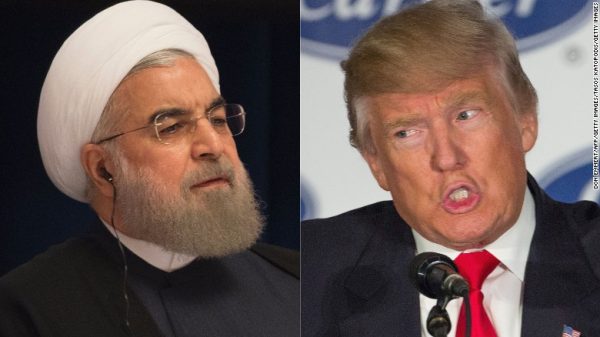 Acting Defense Secretary Patrick Shanahan presented a military plan at a meeting of top national security officials last week that would send as many as 120,000 US troops to the Middle East in the event that Iran strikes American forces in the region or speeds up its development of nuclear weapons, The New York Times reported Monday.
Acting Defense Secretary Patrick Shanahan presented a military plan at a meeting of top national security officials last week that would send as many as 120,000 US troops to the Middle East in the event that Iran strikes American forces in the region or speeds up its development of nuclear weapons, The New York Times reported Monday.
The Times said the plan, which does not call for a land invasion of Iran, was ordered in part by national security adviser John Bolton.
Citing administration officials, the Times said it was unknown whether President Donald Trump had been briefed on the plan, including the number of troops. The Times said the meeting occurred days after the Trump administration cited “specific and credible” intelligence last week that suggested Iranian forces and proxies were targeting US forces in Syria, Iraq and at sea.
Trump denied the report on Tuesday, dismissing it as “fake news.”
“Now would I do that? Absolutely. But we have not planned for that,” he told reporters at the White House. “Hopefully, we’re not going to have to plan for that, and if we did that, we’d send a hell of a lot more troops than that.”
The meeting included Bolton, Gen. Joseph Dunford, the chairman of the Joint Chiefs of Staff, CIA Director Gina Haspel and Director of National Intelligence Dan Coats, according to the Times.
The paper said the number of the troops discussed “has shocked some who have been briefed on them” and noted that the figure is close to the number of US troops that invaded Iraq in 2003.
A number of senior administration officials told the paper that even in its early stages, the plan shows “how dangerous the threat from Iran has become,” while other officials “who are urging a diplomatic resolution to the current tensions, said it amounts to a scare tactic to warn Iran against new aggressions.”
A senior administration official confirmed to CNN that potential military plans to send additional US troops to the region were reviewed last week during a meeting at the White House with the national security team, but did not say what the number of troops in that force would be.
Another senior administration official told reporters last week that if Iran does not remain in the 2015 nuclear deal, the White House would consider taking additional action beyond sanctions.
When asked by a reporter if the Pentagon would strike Iran’s nuclear facilities if they go above 20% purity enrichment 60 days from now, the official said, “The President has been very clear that when the security of the American people are threatened, all options are on the table.”
They added that Trump is “certainly not going to constrain his options if the Iranians take an action he thought was unacceptable.”

Leave a Reply
You must be logged in to post a comment.